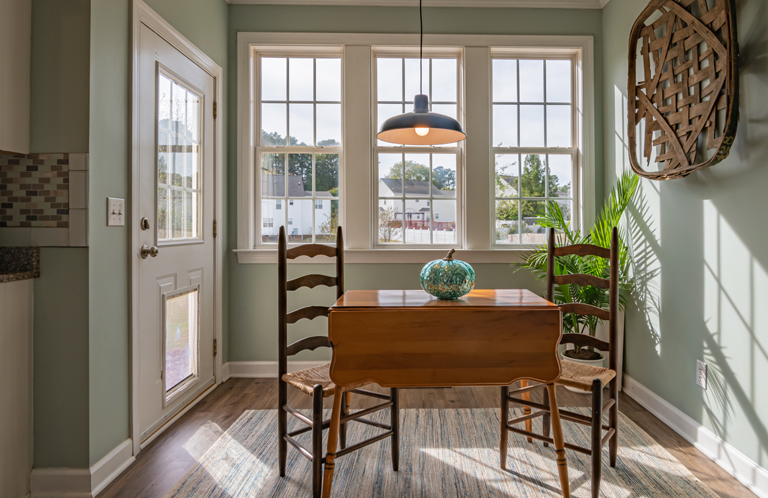For months, economic signs and pressures have pointed to a cooldown in the U.S. housing market in response to climbing mortgage rates. Two years of the pandemic brought soaring home prices, surging buyer demand and limited housing inventory — a Goldilocks zone for home sellers — but the party looks to be coming to an end.
Moody’s Analytics chief economist Mark Zandi told Fortune this week that the U.S. has hit a “housing correction,” with new home sales falling to their lowest level since April 2020.
“The housing market has peaked…everything points to a rolling over of the housing market,” Zandi said. “In terms of home sales, they’re falling sharply. Housing demand is coming down fast. Home price growth [will] go flat here pretty quickly; we will see [home] price declines in a significant number of markets.”
The softening of the U.S. housing market is clearly an intentional policy direction shaped by Federal Reserve in its quest to curb inflation. This year began with 30-year fixed mortgage rates hovering just above 3%, but five months later they’re above 5%. It’s a dramatic difference in cost for potential home buyers, whose demand for homes had fueled by historically low mortgage rates in 2020-2021.
As prices rose over the past two years, buyers still felt comfortable competing for a scarce number of properties because they felt the mortgage was well worth the home price. Now, pending home sales are falling because many buyers are priced out and have decided the market is overvalued.
“Rising mortgage rates have caused the housing market to shift, and now home sellers are in a hurry to find a buyer before demand weakens further,” Redfin Chief Economist Daryl Fairweather told CNBC.
Data from Realtor.com showed that the supply of homes for sale jumped 9% in the last week compared with the same period a year ago, the largest weekly gain since that information was first tracked in 2017. Redfin reported a similar uptick in new listings in May compared to last year.
The influx of listed homes and the pullback of demand likely means that home price growth will flatten in the coming year, particularly in markets that have been overvalued, but potential buyers are still going to face affordability challenges for the foreseeable future due to higher mortgage rates and sellers sticking to high price points as long as homes can fetch them.
What we’re seeing is the beginning of the end of a fairly unique period in the U.S. housing market, with record-setting home price increases that went unchecked because of low supply and low mortgage rates. The demographic demands of Millennial home buyers also kept the market churning, but the current headwinds are pushing many of them out of range of home ownership.
How long this period lasts will be contingent on larger economic forces that help set the conditions for the state of the housing market. It could be a few years of more stable, albeit higher home prices.
“It is entirely possible that prices level out and just don’t change very much for the next few years,” Greg McBride, chief financial analyst at Bankrate.com, told MarketWatch. “This would benefit first-time buyers by allowing their incomes to ‘catch-up’ to the cost of homeownership somewhat, but this would unfold over a 2- to 4-year period, not the next 2 to 4 months.”
Photo credit: Curtis Adams/Pexels.com


